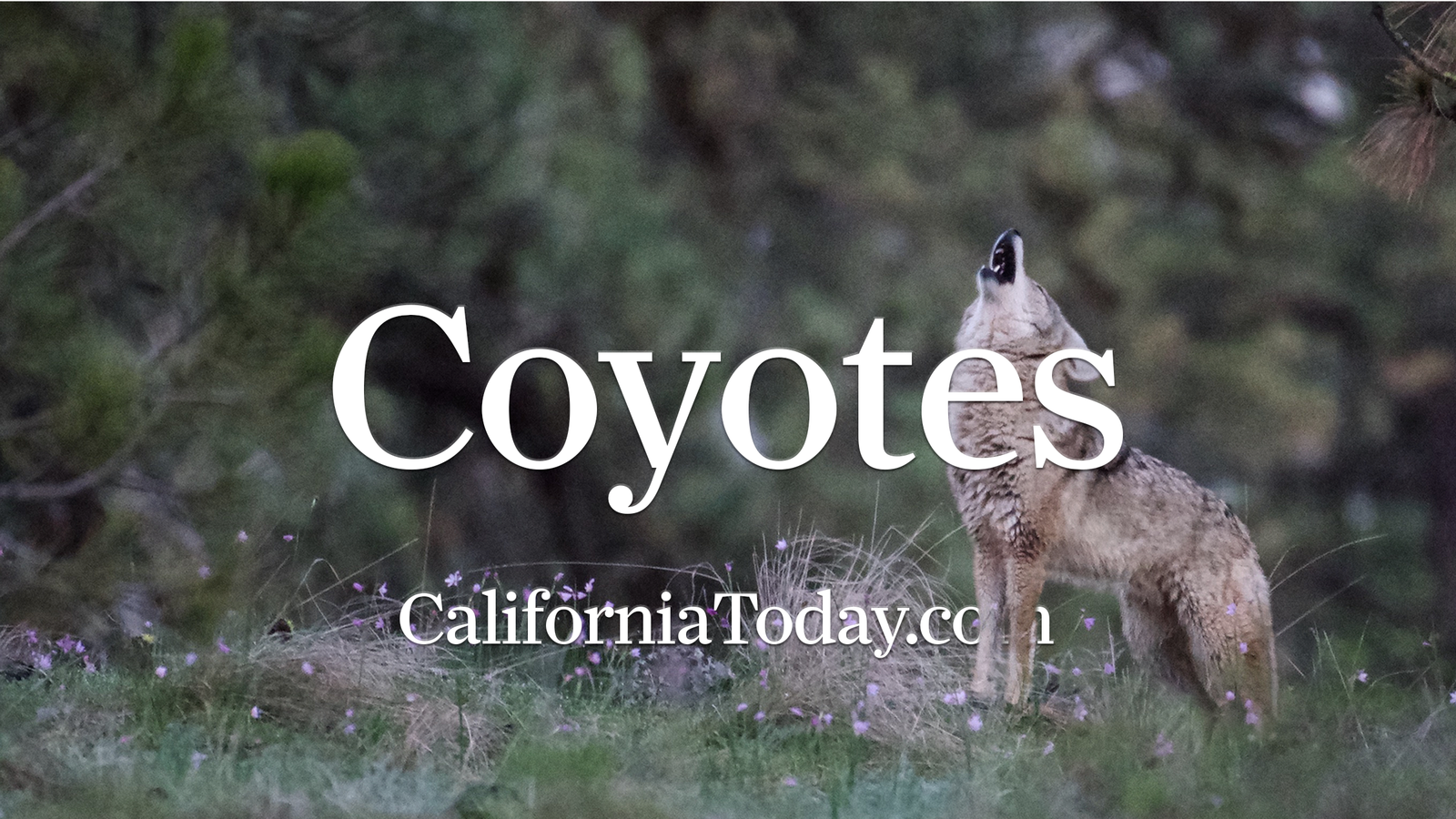Coyotes (Canis latrans) are among the most adaptable carnivores in North America, thriving in California’s wildlands, ranching regions, and even the heart of major cities. Their presence sparks fascination, conflict, and debate across the state — from their ecological role as rodent controllers to their involvement in livestock losses and suburban encounters with pets.
Below, you'll find a comprehensive look at coyotes in California, with information drawn from leading research and management agencies including the California Department of Fish and Wildlife (CDFW), U.S. Department of Agriculture (USDA), UC Agriculture and Natural Resources (UC ANR), UC Integrated Pest Management (UC IPM), the National Park Service (NPS), along with peer-reviewed studies.
Below you’ll find an overview of each topic area, with links to dedicated subpages where you can explore further.
Sources and References for Our Coyote Coverage
Our coyote hub is based on trusted resources from government agencies, universities, and peer-reviewed research. Explore the full list below:
- National Park Service (NPS) – Coyote Information Page
- California Department of Fish & Wildlife (CDFW) – Wildlife Incident Reporting (WIR) System
- California Fish & Game Commission – Nongame Animal Regulations
- UC IPM – Pest Notes: Coyotes
- USDA APHIS – Wildlife Damage Management Technical Series: Coyotes (PDF)
- Project Coyote – Be Coyote Aware Flyer (PDF)
- California Department of Fish & Wildlife / Human–Wildlife Conflict Program – Coyote Management Plans and Wildlife Watch (PDF)
- California Department of Fish & Wildlife – Coyote Range Map (PDF)
- UC ANR – Publication 8598: Livestock Protection Tools for California Ranchers (PDF)
- Scientific Reports (2024) – Urban coyotes in southern California show adaptations to anthropogenic landscapes and activity patterns
- Ecology Letters (2025) – Environmental Health and Societal Wealth Predict Movement Patterns of an Urban Carnivore
Biology & Natural History
Learn how to identify a coyote, their average size, diet, life span, reproduction, and behavior. Coyotes are opportunistic omnivores and social animals that live in family groups, often misunderstood as “packs.” They’ve even been observed cooperating with badgers when hunting.

👉 Read more about Coyote Biology and Natural History.
Distribution & Habitat
Coyotes are found throughout California—from coastal plains and oak woodlands to deserts, rangelands, and city suburbs. The CDFW range map confirms they occupy nearly every county, with only the highest alpine zones showing lower presence.
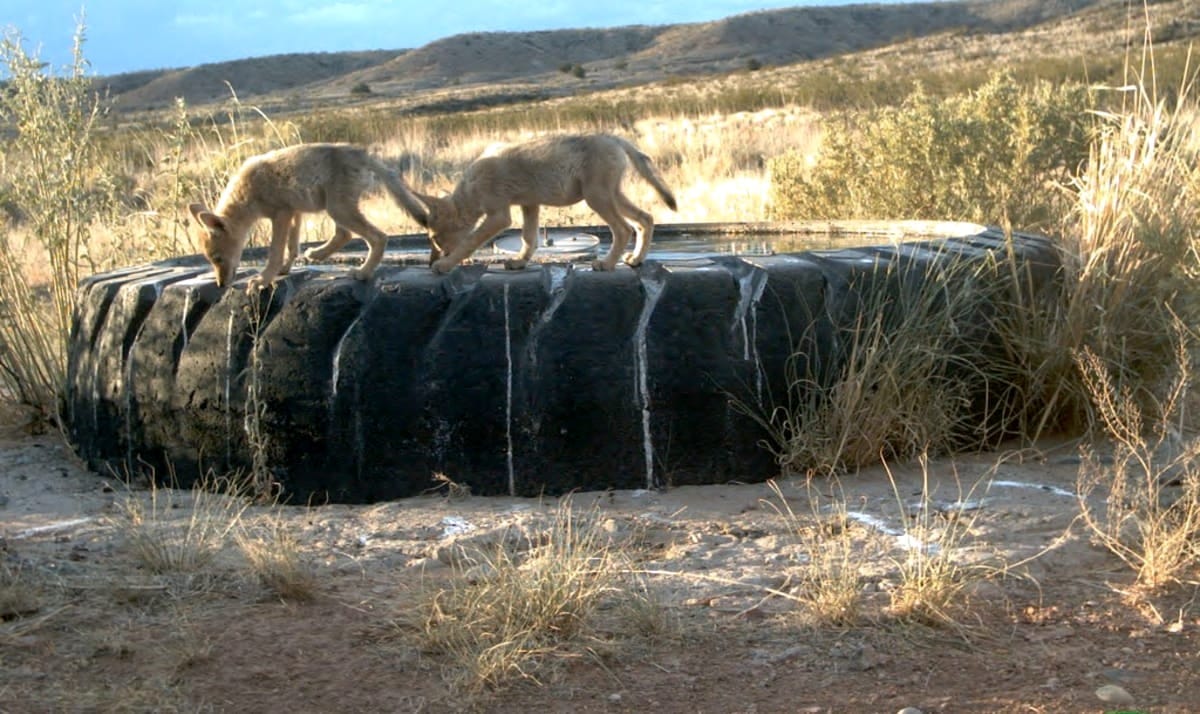
👉 Read more about Coyote Distribution in California.
Urban & Suburban Coyotes
Southern California has recorded the highest known densities of coyotes anywhere in North America. Coyotes in cities adapt by becoming more nocturnal and using flood channels, railways, and green spaces as corridors. Their behavior is shaped by both environmental conditions and societal factors like income, pollution, and population density.
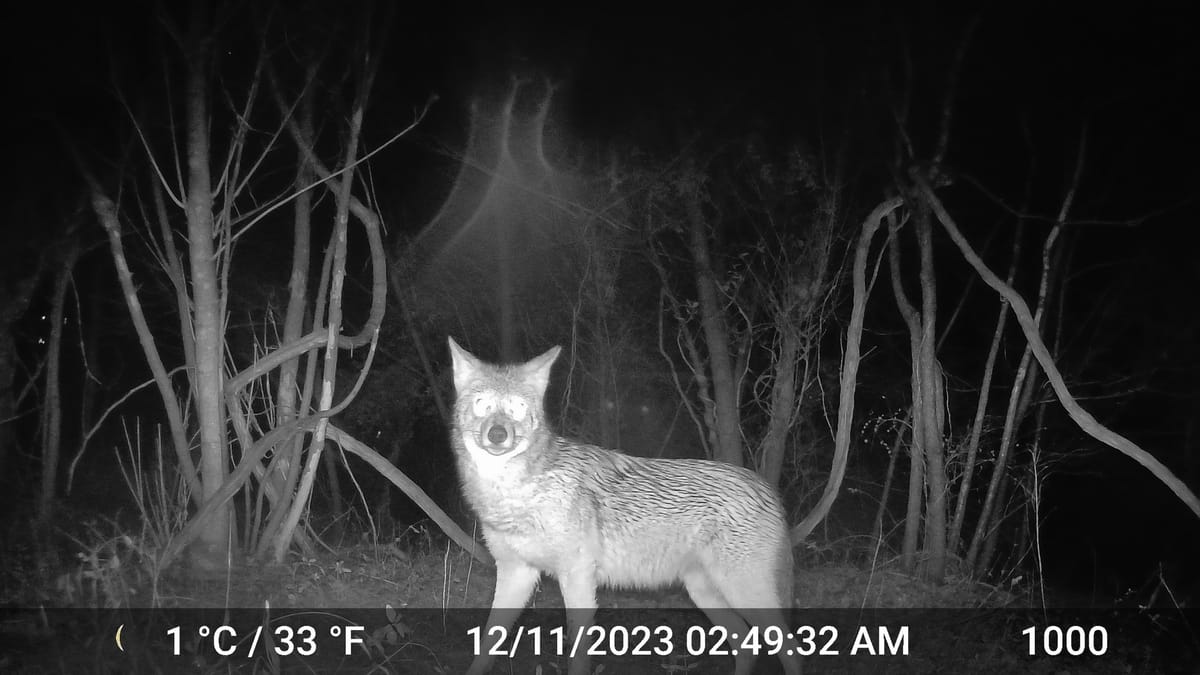
👉 Read more about Urban Coyotes in California.
Human-Coyote Conflicts & Safety
Coyotes rarely attack humans, but over 160 incidents have been documented in California since the 1970s, mostly in Southern California suburbs. More often, conflicts involve pets: coyotes readily prey on cats and small dogs. Experts recommend hazing (making loud noises, waving arms, using deterrents) and removing food sources to prevent habituation.
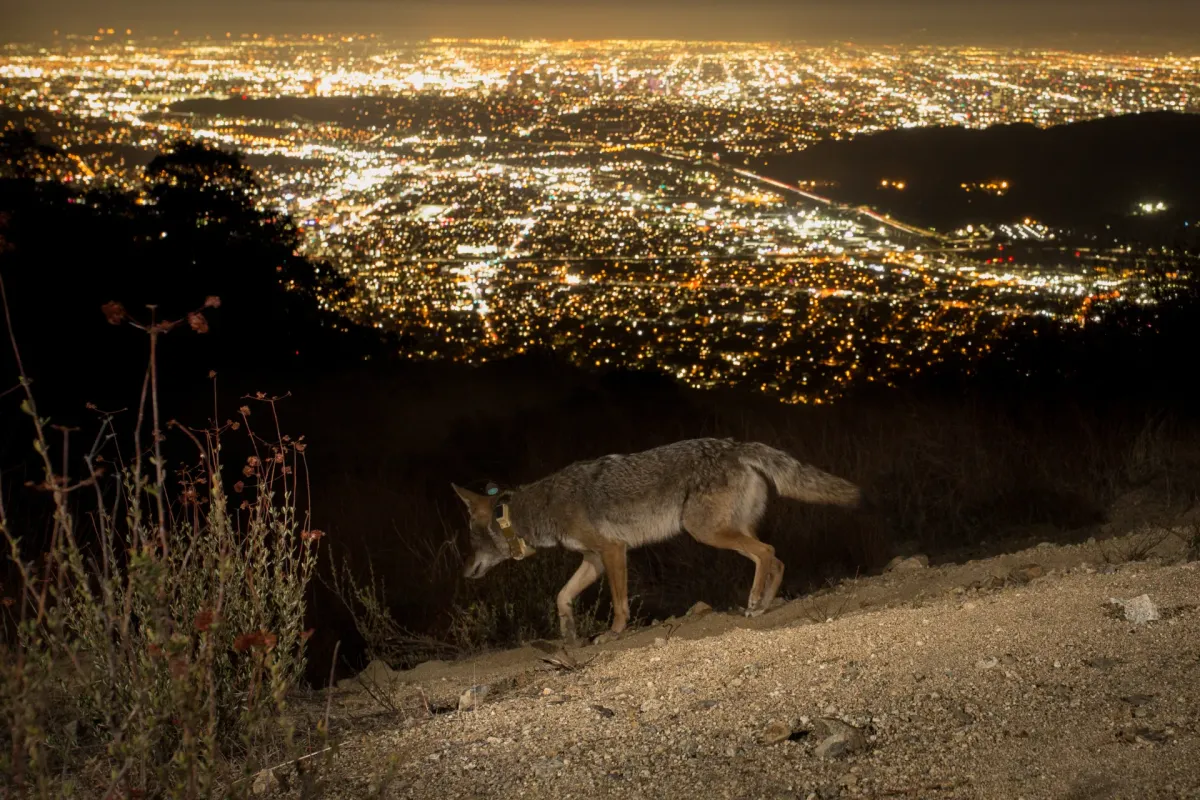
👉 Read more about Human-Coyote Conflicts and Safety.
Practical Coexistence Strategies for Californians
Coyotes are permanent residents in California, but conflicts can be minimized through simple strategies. Securing trash, supervising pets, and using livestock protection tools like guardian dogs and fencing all reduce risks. Community programs such as Wildlife Watch show that when neighborhoods act together, coexistence becomes both practical and effective.
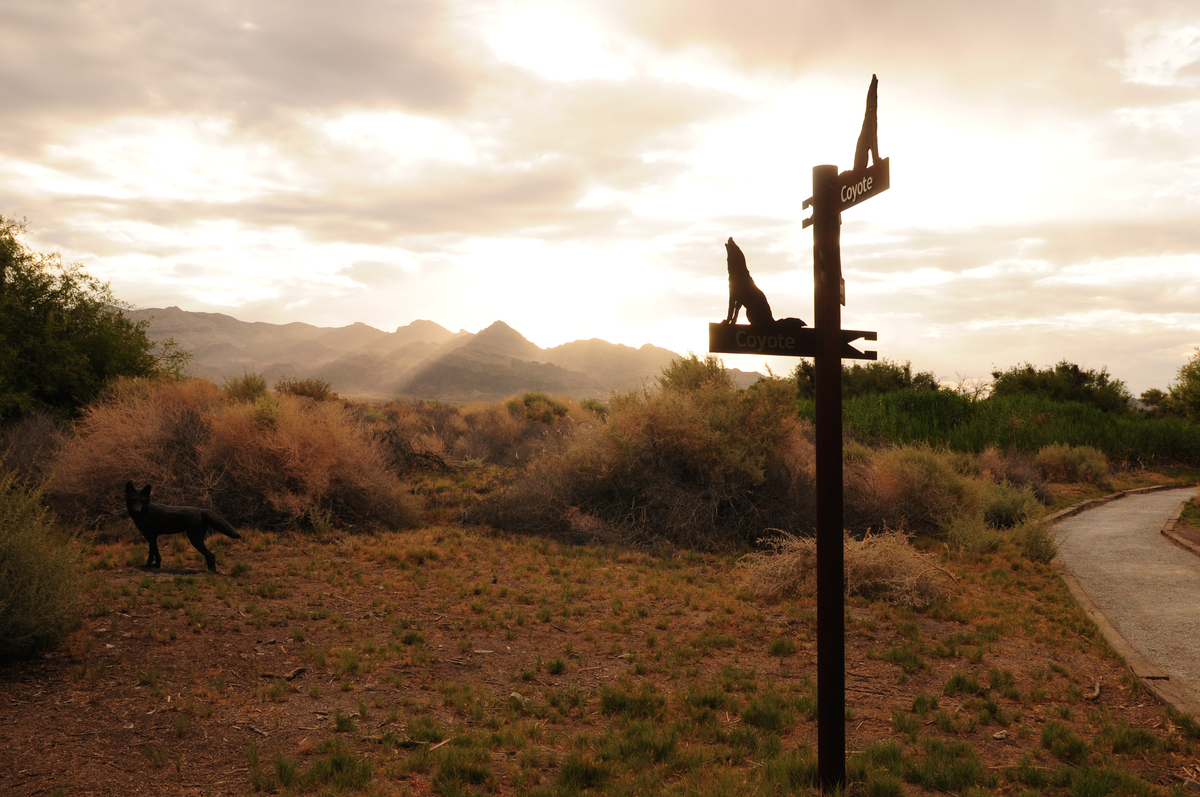
👉 Read more about Practical Coexistence Strategies for Californians.
Community-Based Management
California has pioneered Wildlife Watch, a community model for coexistence that trains residents in hazing and prevention. Conflict reporting systems — including CDFW’s Wildlife Incident Reporting (WIR) system, Coyote Cacher, and iNaturalist — allow residents to document sightings, conflicts, and request depredation permits when necessary.
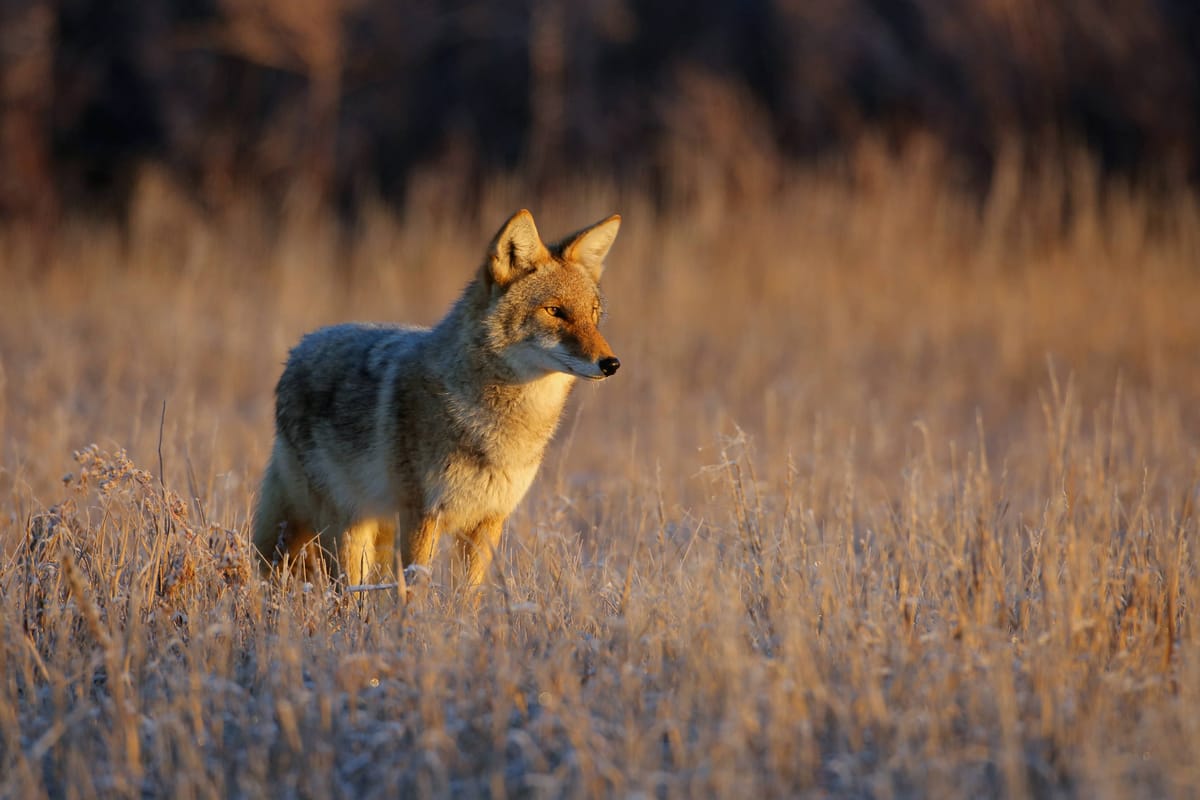
👉 Read more about Community Coyote Management Programs.
Ecological Role of Coyotes in California
Coyotes are key mesopredators in California, helping regulate rabbit and rodent populations and scavenging carrion to recycle nutrients. Their presence influences entire food webs, often reducing smaller predator numbers and supporting biodiversity. With wolves and grizzlies long gone from the state, coyotes fill a crucial ecological gap that benefits both wild and urban ecosystems.
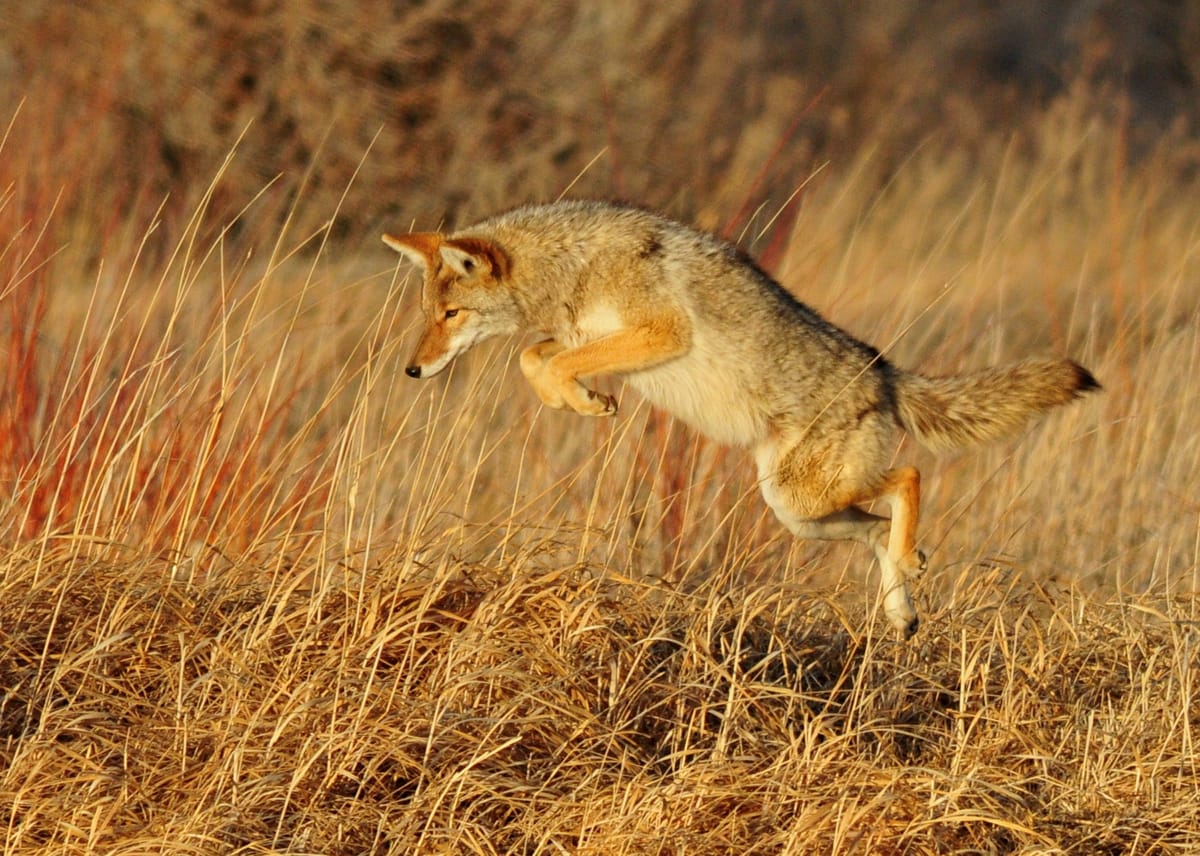
👉 Read more about the Ecological Role of Coyotes.
Learn More
Coyotes & Livestock
Coyotes are the leading predator of sheep and goats in California, responsible for major losses to lambs and kids. Ranchers use a toolbox of strategies: guardian dogs, fencing, carcass disposal, and adjusted husbandry practices. While lethal control has been used historically, research shows it rarely succeeds long-term — nonlethal tools combined in integrated plans are more effective.
Legal Status & Hunting Regulations
In California, coyotes are legally classified as nongame mammals.
Under Title 14, CCR §472, they may be taken year-round in unlimited numbers, with restrictions on methods (no poisons, regulated traps, non-lead ammo, limited night hunting zones). Depredation permits are issued through CDFW when coyotes cause property or livestock damage.
Policy & Future Management
Coyotes’ resilience means eradication is not feasible. USDA research shows populations can rebound quickly due to compensatory reproduction. California’s policies increasingly emphasize nonlethal coexistence while allowing targeted lethal removal in specific cases. New research highlights the need to integrate social equity into urban wildlife planning, since environmental burdens and community wealth predict coyote movement and conflict risk.
Closing Note
Coyotes are here to stay in California—in wildlands, on ranches, and in cities. By understanding their biology, behavior, and the laws that govern their management, we can reduce conflict and find ways to coexist with this remarkable carnivore.


